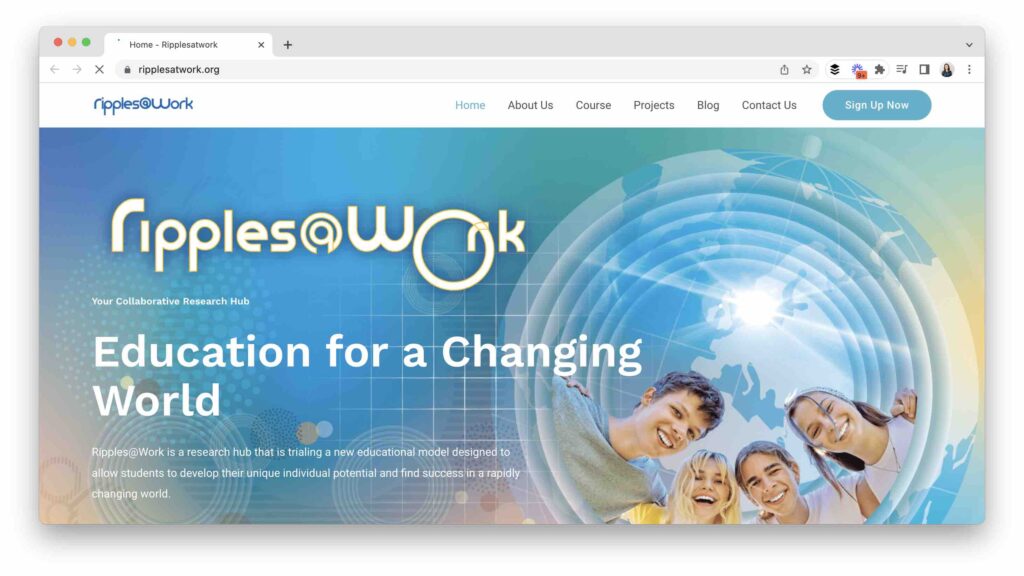What is multimodal learning? Multimodal learning is a teaching concept where using different senses simultaneously helps students interact with content at a deeper level. In the same way we learn through multiple types of media in our own journey as lifelong learners, students can benefit from this type of learning experience.
In today’s blog post, we’ll take a look at Ripples@Work and how it supports an active discovery of new learning material. It’s a student-centered, project-based, multimodal system for learning developed by Dr. Lena Redman. We’ll unpack what Ripples@Work offers students in your classroom. And we’ll explore multimodal learning examples together so you can decide if it’s an area you’d like to explore this school year.
Multimodal Learning in Action
Multimodal learning is all about giving students different ways to interact with content. For example, students might listen to an expert interviewed on a podcast episode. Or they can watch a video discussing a concept alongside visuals. They might also interact with materials held in their hand or build and create something new. These active learning experiences give students a way to interact with learning materials in a way that is more engaging and authentic to learning experiences outside of the classroom.

Ripples@Work puts multimodal learning into action through active discovery experiences. It shares its mission of embracing student interests and helping students build skills that can impact the world around them. There is an emphasis on the importance of receiving guidance and feedback as students actively participate in their learning.
Ripples@Work Trials
The Ripples@Work trials are designed for participants at various levels to participate in different types of projects. This includes students, parents, teachers, and researchers. Here are a few reasons why this program may be of particular interest to each of these groups:
Students who are thinking towards the future may want a more creative way to interact with high-interest topics.
Parents can explore ways to integrate learning through active discovery that connects back to areas their children have expressed interest in.
Teachers can use these resources to infuse more critical thinking and active participation into student learning experiences.
Researchers will observe multimodal learning in action to better understand the power of providing students access to various learning experiences and options.
Getting Started with Ripples@Work
The projects that are part of the Ripples@Work program connect to student interests. At the same time, they build independent skills. This link will take you out to a book full of background information on multimodal learning. It includes the Ripples@Work philosophy, as well as projects that are part of the program. A quick view of the projects will help you determine if it’s the right fit for you and your students.

As you can see in the screenshot above, the book’s first project is about getting students started by introducing themselves. As a big believer in “tasks before apps,” I really like how there is a reminder to think about using digital media to enhance a student project, along with a few suggestions to explore. This is a common theme in the projects and another way to think about students taking a personalized approach to their learning experiences.
If you’d like to learn more about Ripples@Work, head over to their website, where you can find the free trials. There is a special form on this page for you to fill out and request more information. Are you a Facebook user? Then head over to this page to request to join the Ripples@Work Facebook group. It’s an opportunity for you to be part of a new community and help students develop adaptable skills to take into their lives outside the classroom.







